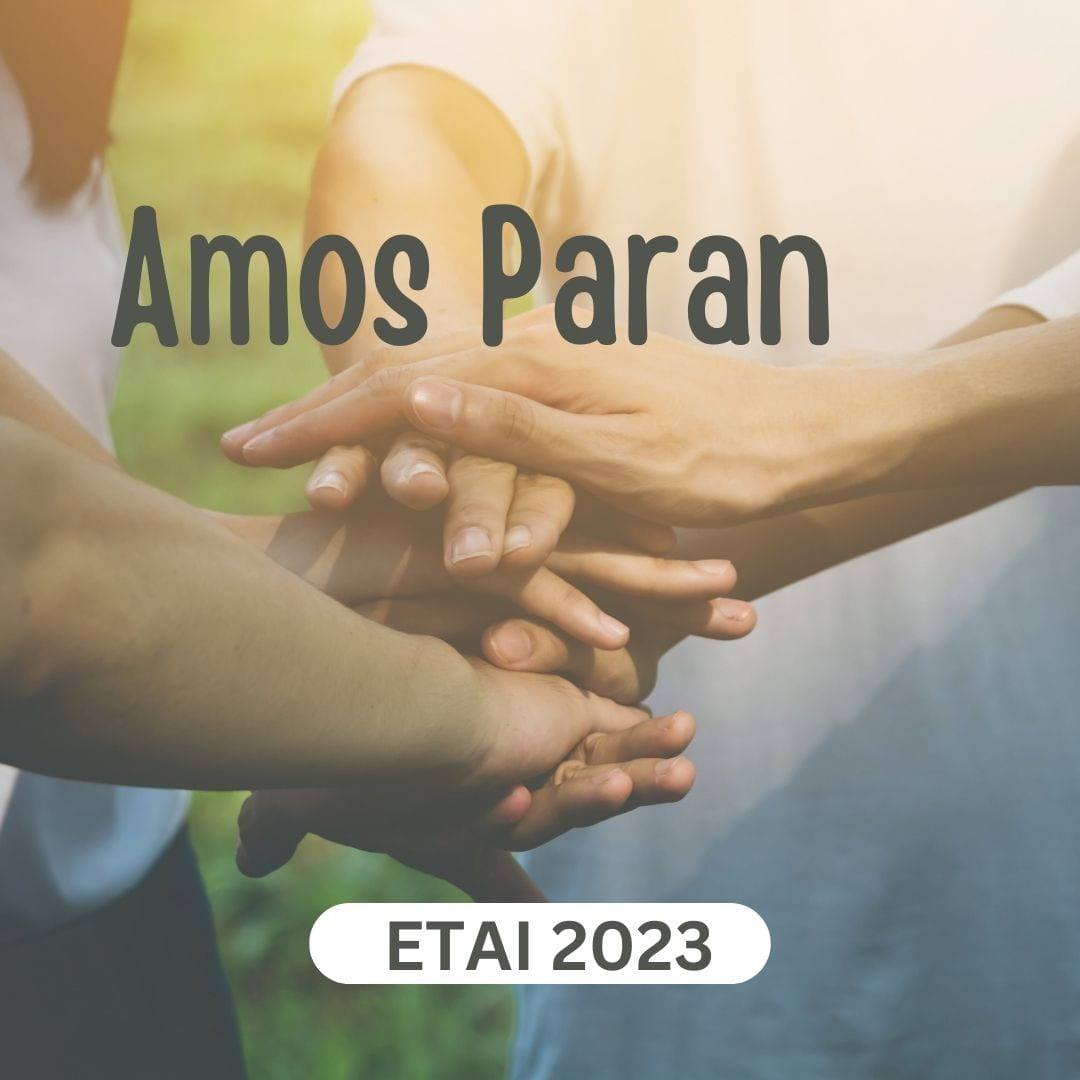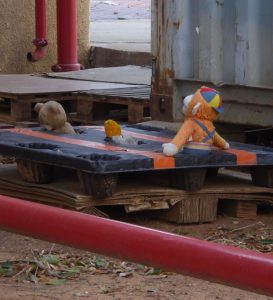
Issues of language, citizenship, and critical thinking for the 2020s?
The amazing Amos Paran will be speaking about these topics at the upcoming ETAI 2023 International Conference & Mediterranean Symposium !
So what do I have to offer on the topic?
How about some videos for different levels?
Here you go!
“Saving Grace” – Advanced Students
I have been using this video every single school year since I was first introduced to it (in 2014!) by Kieran Donaghy, of Film English, whose presentation I had the pleasure of attending at a conference.
Not only is the topic an important one, but the video is also completely accessible for my advanced Deaf and hard-of-hearing students. Everything in the film is written – my students don’t need to rely on automatic captions which are often riddled with errors.
I don’t use a specific worksheet for it. Sometimes we read it together and talk about it. Other times I have the students choose 10 sentences with advanced vocabulary to explain and then they are asked to describe the problem presented in this video and what is being done to help.
The Power of Words
An oldie but a double GOODIE.
The language part in this video comes from the worksheets, not really from the video itself.
But the students’ reaction to it is priceless.
They always say, IMMEDIATELY, that the purpose of the video is to remind you to help people who are blind.
That’s a good message to have come up in class.
But that is NOT the purpose of the video.
That’s a great lesson in careful “reading” – we “read” videos too!
I believe that a discussion about how the words you choose to use affect the people you interact with certainly relates to good citizenship!
The power of words updated.docx
A Love Story in Milk
Okay, I admit it.
The main focus of this super short exercise is identifying the main idea but isn’t bringing up the topic of recycling something we are delighted to do in class?
I learned about this video (and the additional one in the worksheet) from Jamie Keddie ( LessonStream ). I had the great pleasure of attending his talk at a conference and have been following his work ever since.



